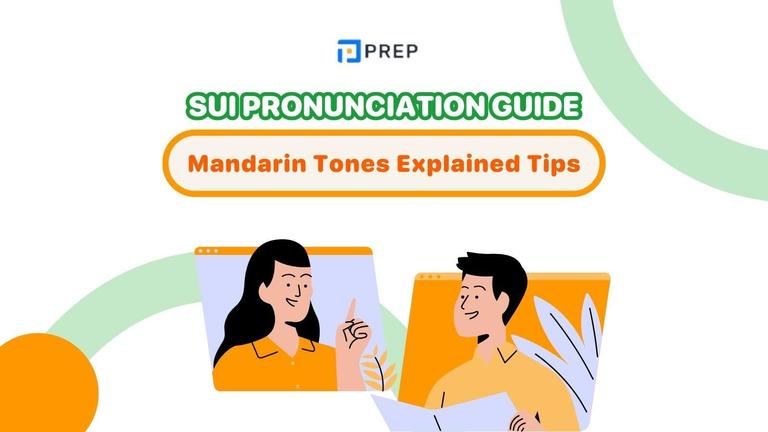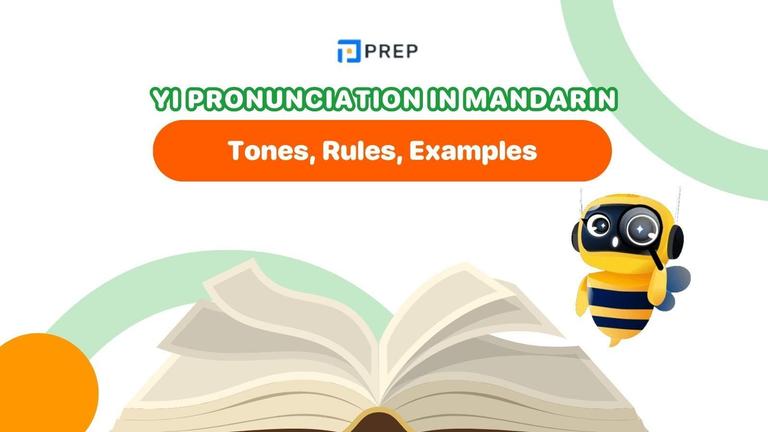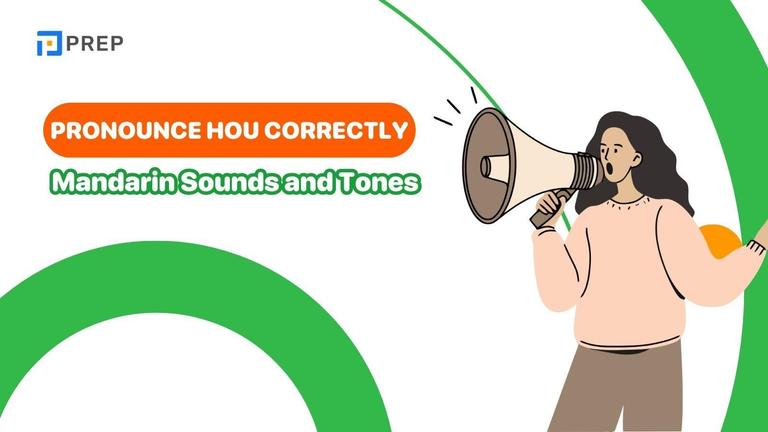English Prepositions of Place with Rules and Practice
Prepositions of place describe where something is located and are essential for clear communication in English. This guide covers definitions, grammar rules, examples, common mistakes, and practice exercises to help you master them for daily use and English exams like IELTS or TOEFL.

I. What Are Prepositions of Place?
Prepositions of place are words used to show the location or position of a person, object, or place in relation to something else. They help answer questions like “Where is it?” or “Where did it happen?” These prepositions are fundamental in English grammar for expressing spatial relationships clearly and accurately.
Prepositions of place typically appear before a noun or pronoun, creating a phrase that tells you where something is. For example:
- The book is on the table.
- They stood in front of the building.
Common prepositions of place include: in, on, at, under, over, next to, between, behind, in front of, above, below, and more.
In real-life communication, prepositions of place are essential for:
- Giving directions (e.g. “Go past the bank, then it’s next to the supermarket.”)
- Describing photos in speaking tests (e.g. “There’s a man sitting under a tree.”)
- Telling stories or giving location-based instructions accurately
Understanding and using prepositions of place correctly is crucial because:
- They make your spoken English more precise in everyday conversations
- They improve your descriptive ability in tasks like IELTS Speaking Part 2
- They help you write better Writing Task 1 responses when describing charts, maps, or diagrams
- Their misuse leads to common grammar errors, especially for learners at pre-intermediate to intermediate level
1. List of Common Prepositions of Place with Examples
There are many prepositions of place in English, but a few are especially common and appear frequently in everyday speech and writing. These prepositions describe the relationship in space between one object and another.
Basic Prepositions: in, on, at
|
Preposition |
Meaning |
Example Sentence |
|
in |
Inside a space, enclosed by something |
The keys are in my bag. |
|
on |
Resting on a surface |
The book is on the table. |
|
at |
Specific point or location |
She is waiting at the bus stop. |
Tip: Use in for enclosed spaces, on for surfaces, and at for specific points or addresses.
Extended Prepositions: under, over, behind, between, next to
|
Preposition |
Meaning |
Example Sentence |
|
under |
Lower than or beneath something |
The shoes are under the bed. |
|
over |
Directly above something |
The clock is over the door. |
|
behind |
At the back of something |
The car is behind the building. |
|
between |
In the space separating two things |
The shop is between the bank and the post office. |
|
next to |
Immediately beside something |
His house is next to mine. |
|
in front of |
Directly ahead of or before something |
The bus stop is in front of the building. |
|
above |
Higher than something, not necessarily directly |
Her painting is above the fireplace. |
|
below |
Lower than something |
The temperature dropped below zero. |
|
inside |
Within the interior of something |
There’s a wallet inside the drawer. |
|
outside |
Not inside; in the open |
The kids are playing outside the house. |
By learning these prepositions with visual supports, example-based practice, and real-life context, learners can improve their ability to describe physical locations clearly and confidently.

2. Grammar Rules for Prepositions of Place
Proper use of prepositions of place depends on understanding their position in a sentence, the type of object they refer to, and how they interact with nouns or pronouns. Below are the key grammatical rules to follow.
Preposition + Noun or Noun Phrase
A preposition of place is always followed by a noun or noun phrase (never a verb).
Structure: Subject + verb + preposition + noun
Examples:
- The book is on the table.
- She lives in New York.
- He is standing next to the window.
For a deeper look, review how noun phrases work in these contexts.
Using “In,” “On,” and “At” Correctly
In complex descriptions, prepositions often combine with subordinating conjunctions to form longer, more precise sentences.
These three prepositions can be confusing because they seem similar but express different spatial relationships.
|
Preposition |
Use |
Example Sentence |
|
in |
Inside a 3D space or enclosed area |
The clothes are in the closet. |
|
on |
On the surface of something |
There is a vase on the shelf. |
|
at |
A specific point or fixed location |
She is at the front door. |
Rule of thumb:
- Use in for space you can be inside of (room, box).
- Use on for surfaces (table, wall).
- Use at for specific places or fixed points (station, door, location on a map).
Prepositions Follow “Be” or Action Verbs
Prepositions of place often follow the verb to be (is, are, was, etc.), but can also follow verbs of motion if describing final location.
Examples with “be”:
- The keys are on the kitchen counter.
- The cat was under the bed.
Examples with action verbs:
- He sat next to his friend.
- She walked into the room.
Learners also need to practice prepositions of movement, since they often appear together when describing actions and final locations.
Common Mistakes and How to Avoid Them
|
Incorrect Usage |
Correct Usage |
Why It’s Wrong |
|
The phone is in the table. |
The phone is on the table. |
“In” is for enclosed space; a table is a surface. |
|
He lives at London. |
He lives in London. |
Use “in” for cities or countries. |
|
She stood on front of the class. |
She stood in front of the class. |
Wrong preposition combination. |
|
The book is at the shelf. |
The book is on the shelf. |
“On” is used for specific surfaces. |
II. Applying Prepositions of Place in IELTS or TOEFL
Using prepositions of place accurately can significantly improve your performance in both IELTS and TOEFL, especially in tasks that require clear description of location, direction, or spatial relationships. These structures are frequently tested in Speaking and Writing sections.
In IELTS Speaking Part 1 and 2
In IELTS Speaking, candidates are often asked to describe places, objects in a room, or details within a photograph. Prepositions of place help create precise and fluent responses.
Useful Phrases:
- on the left/right
- in the background/foreground
- next to the park
- behind the table
Sample Sentence (Band 6.5–7.5):
- There’s a small café next to the bookstore, where I often go to study.
- In the photo, you can see a man sitting under a tree, probably reading a book.
Tips:
- Use specific prepositions to show location accuracy.
- Combine them with visual clues, especially in Part 2 (photo/scene description).
- Practice describing places around you in detail using at least 3 prepositions per answer.
In IELTS Writing Task 1 (Map Description)
Task 1 may require describing changes in a place over time—buildings added, removed, or relocated. Prepositions of place are critical for clarity.
Common Structures:
- A new parking lot was built behind the school building.
- The playground has been moved to the left of the sports center.
Useful Prepositions for Maps:
- in the north/south/east/west
- beside / near / at the corner of
- between / opposite / adjacent to
Tips:
- Use precise spatial language to show understanding of the diagram.
- Maintain consistent point of view (e.g., always describe from a map’s perspective).
- Vary expressions: don’t repeat “next to” — use “adjacent to,” “alongside,” “facing,” etc.
In TOEFL Speaking and Writing Responses
In TOEFL, describing place is often part of explaining a personal example, a campus announcement, or classroom setting.
Example:
- Our library is located on the third floor, across from the student lounge.
- The professor placed the samples on the front desk, and we gathered around to observe.
Exam Advice:
- Prepositions of place show control over descriptive detail.
- Use varied expressions when narrating events or explaining processes that involve location.
- Avoid vague phrases like “there” or “here” without a clear spatial reference
III. Exercises on prepositions of place
Practicing prepositions of place helps build accuracy in grammar and confidence in both speaking and writing. Below are three simple types of exercises to help reinforce your understanding.
Exercise 1: Fill in the Blanks
Complete the sentences using the correct preposition: (in, on, at, under, next to, between, in front of, behind)
- The books are ___ the shelf.
- She is standing ___ the door.
- The sofa is ___ the window and the table.
- We had a picnic ___ the tree.
- He parked his car ___ my house.
Exercise 2: Error Correction
Find and correct the mistake in each sentence.
- The cat is on front of the couch.
- He lives at London.
- The pen is in the desk.
- They sat in the grass under the tree.
- I put the keys at the drawer.
[prep_collapse_expand open_text="Answer Keys" close_text="Show less"]
|
Exercise 1 |
Exercise 2 |
|
|
[/prep_collapse_expand]
IV. Start Your IELTS Journey
In the above article, PREP has prepared a comprehensive compilation of prepositions of place, along with exercises and illustrative examples. To connect this with other topics, check out our complete guide to learn English grammar for systematic progress. If you need a confidence boost, PREP’s real-time practice and expert feedback will help you achieve your target band score.
-
IELTS preparation: Unlock Your IELTS Success Story.

Hi I'm Chloe, and I am currently serving as an Product Content Administrator at Prep Education. With over five years of experience in independent online IELTS study and exam preparation, I am confident in my ability to support learners in achieving their highest possible scores.
Comment
Premium content
View allPersonalized roadmap
Most read












